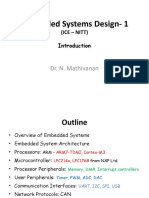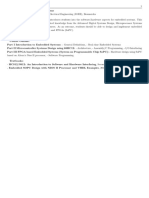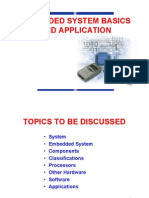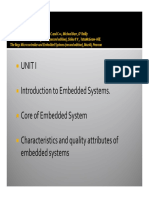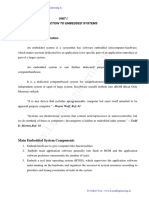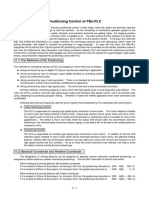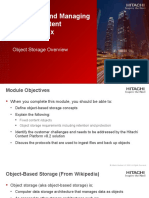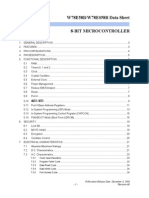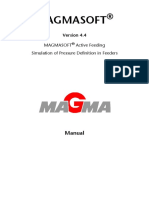Tr.
Ni Htwe
Factors that affect the performance of CPU
1. system clock (clock cycle)
- By increasing clock speed, the processing speed of the computer is also increased
2. width of address bus and data bus
- The wider the address bus, the more memory locations that can be directly addressed at
any given time
- The wider the data bus the larger the word (a group of bits) length that can be transported
3. cache memory size
- The larger the cache memory size the better the CPU performance as the cache memory
can store more frequently used data and instructions so the CPU does not need to wait for
RAM
4. number of cores
- One core is made up of an ALU, a control unit and the registers
- The use of a different number of cores can improve computer performance
Drawbacks of using higher clock speed
- using a clock speed higher than the computer was designed can lead to the problem of
overclocking.
- execution of instructions outside design limits can lead to seriously unsynchronised
operations
- the computer would frequently crash and become unstable
- overclocking can lead to serious overheating of the CPU
Instruction Set
- instructions are a set of operations which are decoded in sequence
- instruction set is a list of commands/operations
- an instruction set is made up of opcode and operand
- The opcode informs the CPU what operation needs to be done
- The operand is the data which needs to be acted on or a register in the memory
- instruction sets are the low-level language instructions that instruct the CPU how to carry
out an operation.
1
�Tr. Ni Htwe
Embedded System
- An embedded system is a combination of hardware and software which is designed to
carry out a specific set of functions.
- Embedded systems can contain sensor, mechanical components, actuators and
software
- Some of the latest embedded systems use very powerful dual and quad CPUs and a
variety of I/O connections
- Embedded systems can be based on:
o microcontrollers - this has a CPU in addition to some RAM and ROM and other
peripherals onto one single chip
o microprocessors - integrated circuit which only has a CPU on the chip (there is
no RAM, ROM or peripherals)
o system on chips (SoC) - almost always will include CPU, RAM/ROM,
input/output (I/O) ports and secondary storage on a single microchip
Two Types of Embedded System
- Depending on the device, embedded systems are either programmable or non-
programmable.
- Non-programmable devices need to be replaced if they require a software upgrade.
- Programmable devices can be upgraded by connecting the device to a computer and
allowing the download of updates to the software or automatic updates via a Wi-Fi,
satellite or cellular network.
Benefits Drawbacks
small in size and therefore easy to fit
it can be difficult to upgrade
into devices
troubleshooting faults in the device
relatively low cost to make
becomes a specialist task
they perform only specific task allowing although the interface can appear to be
simple interfaces and often no more simple in reality it can be more
requirement for an operating system confusing
any device that can be accessed over
they consume very little power the internet is also open to hackers,
viruses
due to the difficulty in upgrading and
can be controlled remotely using a fault finding, devices are often just
mobile phone thrown away rather than being repaired
(very wasteful)
can lead to an increase in the ‘throw
very fast reaction to any input changes
away’ society if devices are discarded
2
�Tr. Ni Htwe
Examples of the use of embedded systems
1. Motor vehicles
2. Set-top box
3. Security systems
4. Lighting systems
5. Vending systems - At the heart of the vending machine is an embedded system in the form of
a microcontroller.
6. Washing machines







